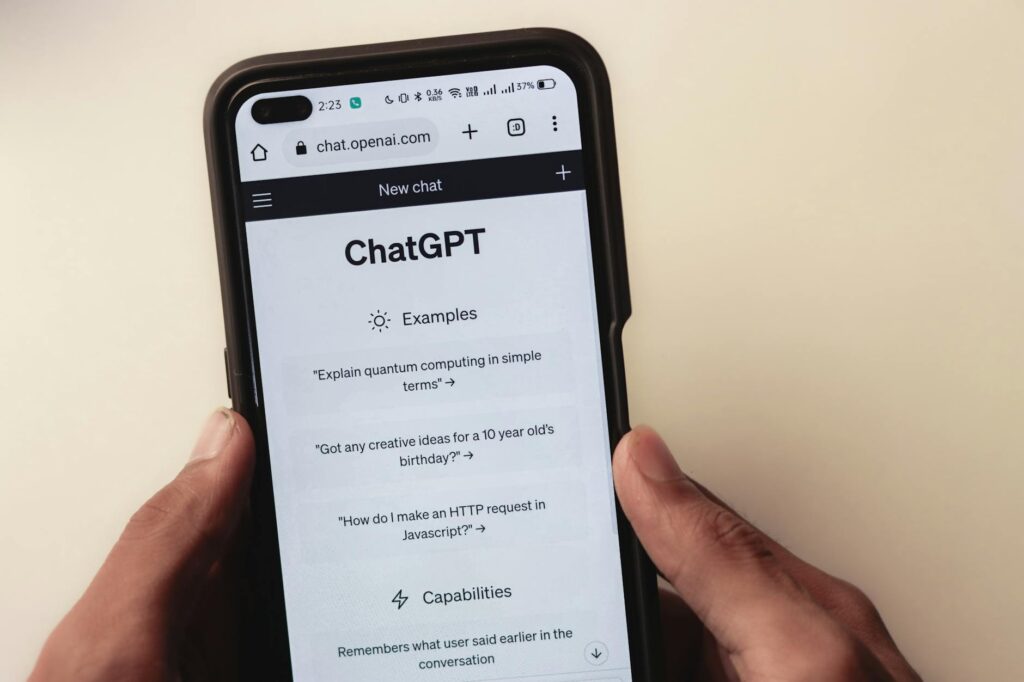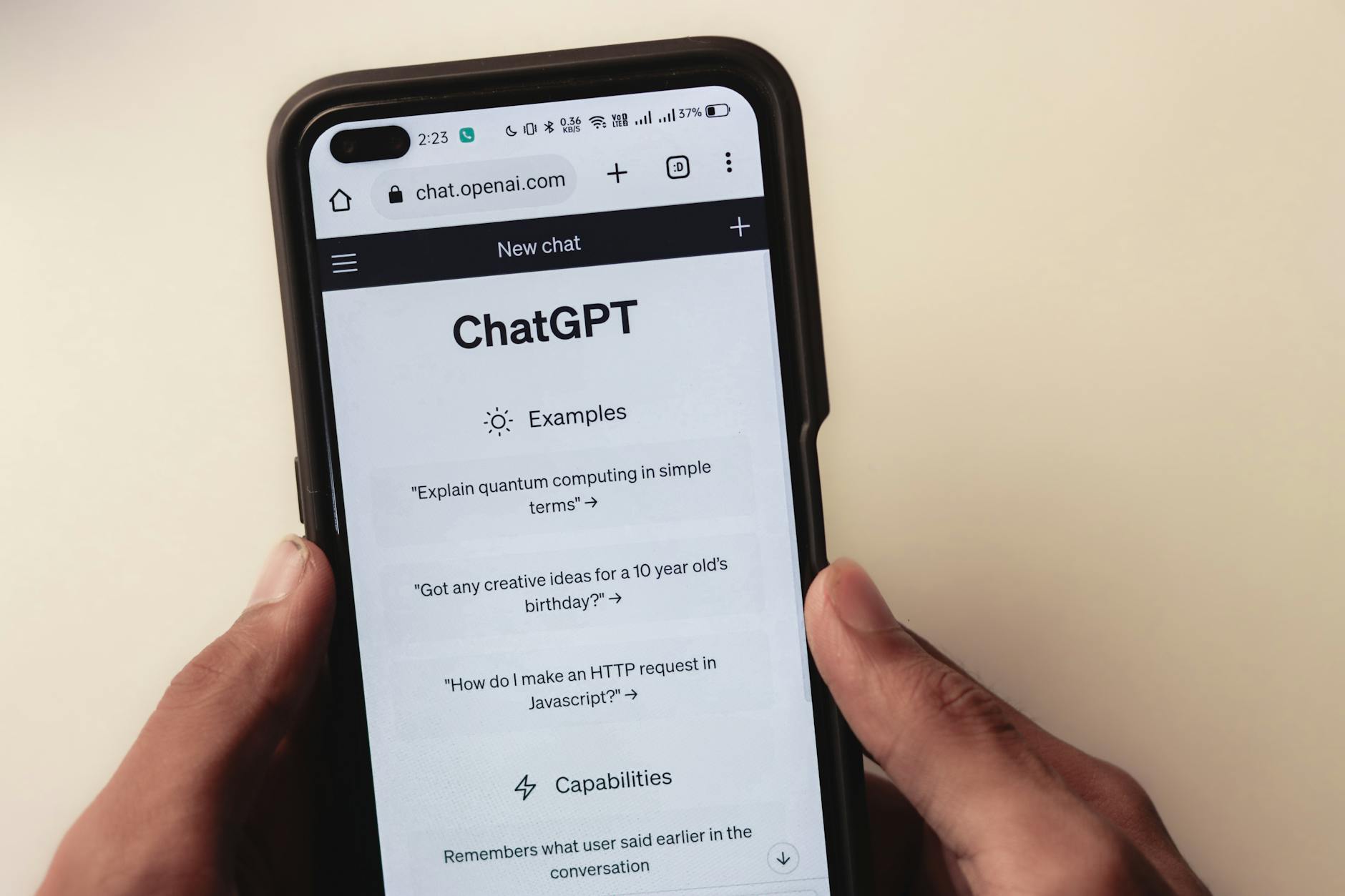What is asynchronous learning?

What is asynchronous learning?
Asynchronous learning has transformed how we approach education and professional development in today’s fast-paced world. By allowing learners to engage with material on their own terms, this method has become increasingly relevant. Whether you’re a student juggling multiple responsibilities or a professional seeking to upgrade your skills, asynchronous learning offers a flexible solution tailored to individual needs.
Understanding Asynchronous Learning
Asynchronous learning is a form of education where instruction and learning do not happen simultaneously. In this setup, students can access course materials, lectures, and assignments at their convenience. Unlike traditional classroom settings, there’s no fixed schedule; instead, learners engage with content at their own pace. This approach allows for a more personalized and self-directed learning experience.
Key Characteristics of Asynchronous Learning
Asynchronous learning is defined by several key characteristics:
- Flexibility: Students can learn at times that suit their schedules, making it ideal for those balancing work, family, and study.
- Self-Paced Learning: Each learner can progress through the material at their speed, which can enhance understanding and retention.
- Availability of Resources: Educational resources, such as videos, readings, and discussion forums, are accessible 24/7, allowing students to revisit content as needed.

Photo by Sanket Mishra
Benefits of Asynchronous Learning
Asynchronous learning offers numerous advantages for students and professionals alike. Here are some of the most notable benefits:
Flexibility and Convenience
One of the biggest draws of asynchronous learning is its flexibility. You can design your study schedule around your life, making it easier to manage work and personal commitments. This means you can choose to engage with course material during your peak productivity hours, whether that’s early in the morning or late at night. This capability is especially beneficial for busy professionals looking to upskill without disrupting their current job.
Enhanced Retention and Understanding
The self-paced nature of asynchronous learning often leads to better comprehension and retention of material. By allowing learners to take the time they need to absorb information, they can revisit challenging topics and reinforce their understanding. Research shows that learners are more likely to retain information when they control the speed and timing of their learning. This approach fosters deeper engagement with course content.
Access to a Wider Range of Resources
Asynchronous learning provides access to a vast array of resources. From video lectures to interactive quizzes and discussion forums, students can engage with diverse materials. This variety of resources means learners can explore different perspectives and methods of understanding a topic. With the internet at your fingertips, you can enhance your learning experience by incorporating varied resources that support your educational goals.
Challenges of Asynchronous Learning
While there are many benefits, asynchronous learning isn’t without its challenges. Here are some common downsides and strategies to overcome them:
Self-Motivation and Discipline
A notable challenge in asynchronous learning is the requirement for self-motivation. Without the structure of a traditional classroom, it’s easy to fall behind. Cultivating self-discipline is crucial. Setting specific goals, creating a study schedule, and holding yourself accountable can help maintain motivation. Consider joining study groups or finding an accountability partner to enhance your commitment.
Limited Interaction and Feedback
Another potential drawback is the limited interaction with instructors and peers. While online forums and discussion boards can facilitate some engagement, they may lack the immediacy of face-to-face communication. To counter this, actively participate in discussion boards, schedule one-on-one sessions with instructors, and seek feedback on assignments. Engaging with others can enrich your learning experience and provide valuable insights.
Implementing Asynchronous Learning Effectively
To make the most of asynchronous learning, it’s essential to implement a few practical strategies:
Setting Clear Goals and Objectives
Start by defining what you want to achieve through your learning. Setting specific, measurable, achievable, relevant, and time-bound (SMART) goals can help guide your study. Knowing your objectives will keep you focused and motivated throughout your learning journey.
Creating a Structured Study Environment
Design an environment conducive to learning. Minimize distractions by choosing a quiet space, organizing your materials, and establishing a routine. This structure can help you maintain focus during study sessions and improve your overall productivity.
The Future of Asynchronous Learning
As technology continues to evolve, so does the landscape of asynchronous learning. Innovations in educational technology, such as virtual reality and artificial intelligence, promise to enhance the asynchronous experience. These advancements may lead to more interactive and personalized learning environments, further bridging the gap between traditional and digital learning methods.
In the future, we might see even greater integration of asynchronous methods in professional development programs, enabling individuals to upgrade their skills while navigating the demands of their careers. As the world of work changes, so too must our approaches to education.
Conclusion
Asynchronous learning offers a flexible and accessible way to engage with educational material. Its benefits—such as flexibility, enhanced retention, and access to diverse resources—make it an appealing choice for students and professionals alike. While challenges exist, they can be mitigated through self-discipline, structured environments, and proactive engagement. By embracing asynchronous learning, you can take control of your educational journey and position yourself for growth in both your personal and professional life.